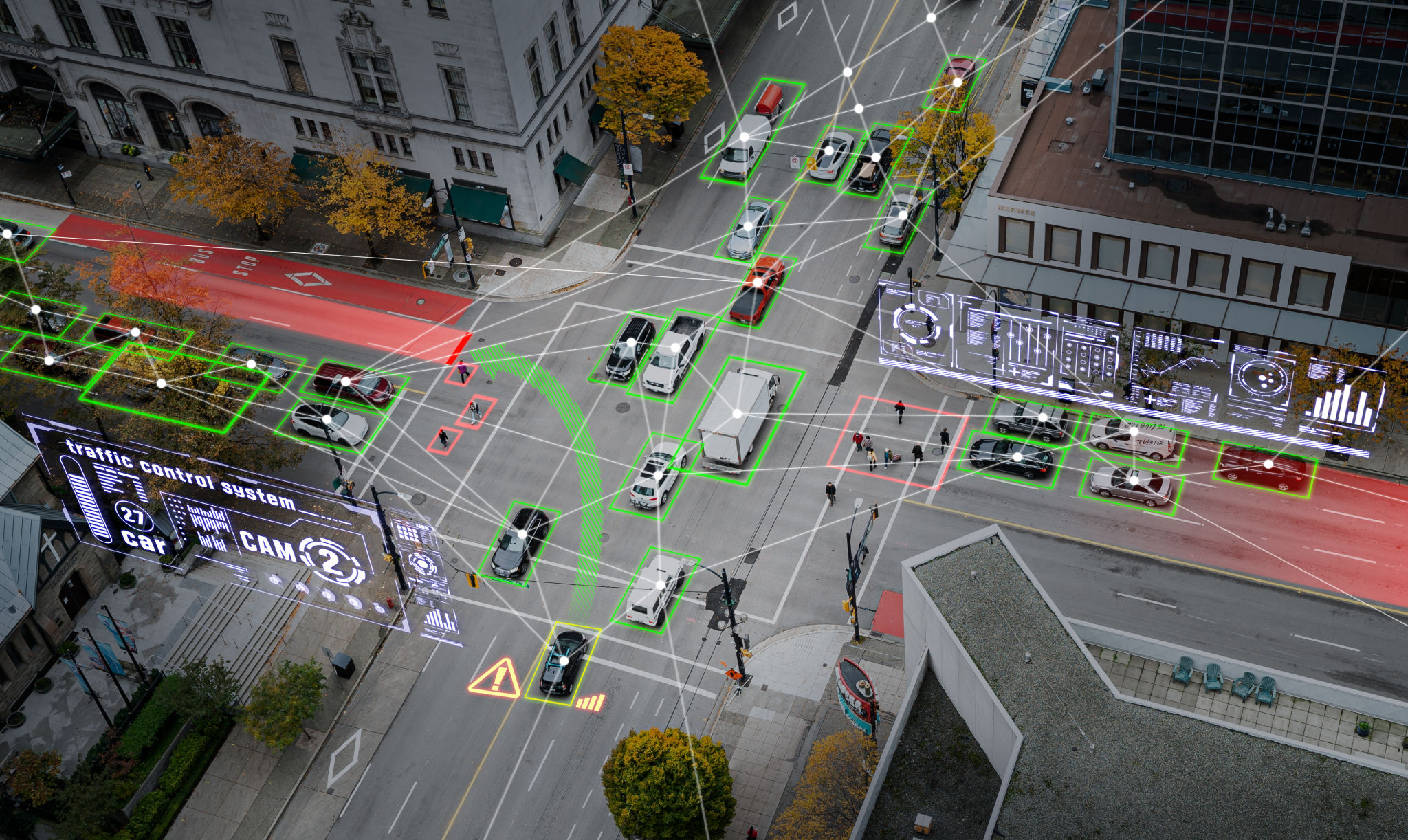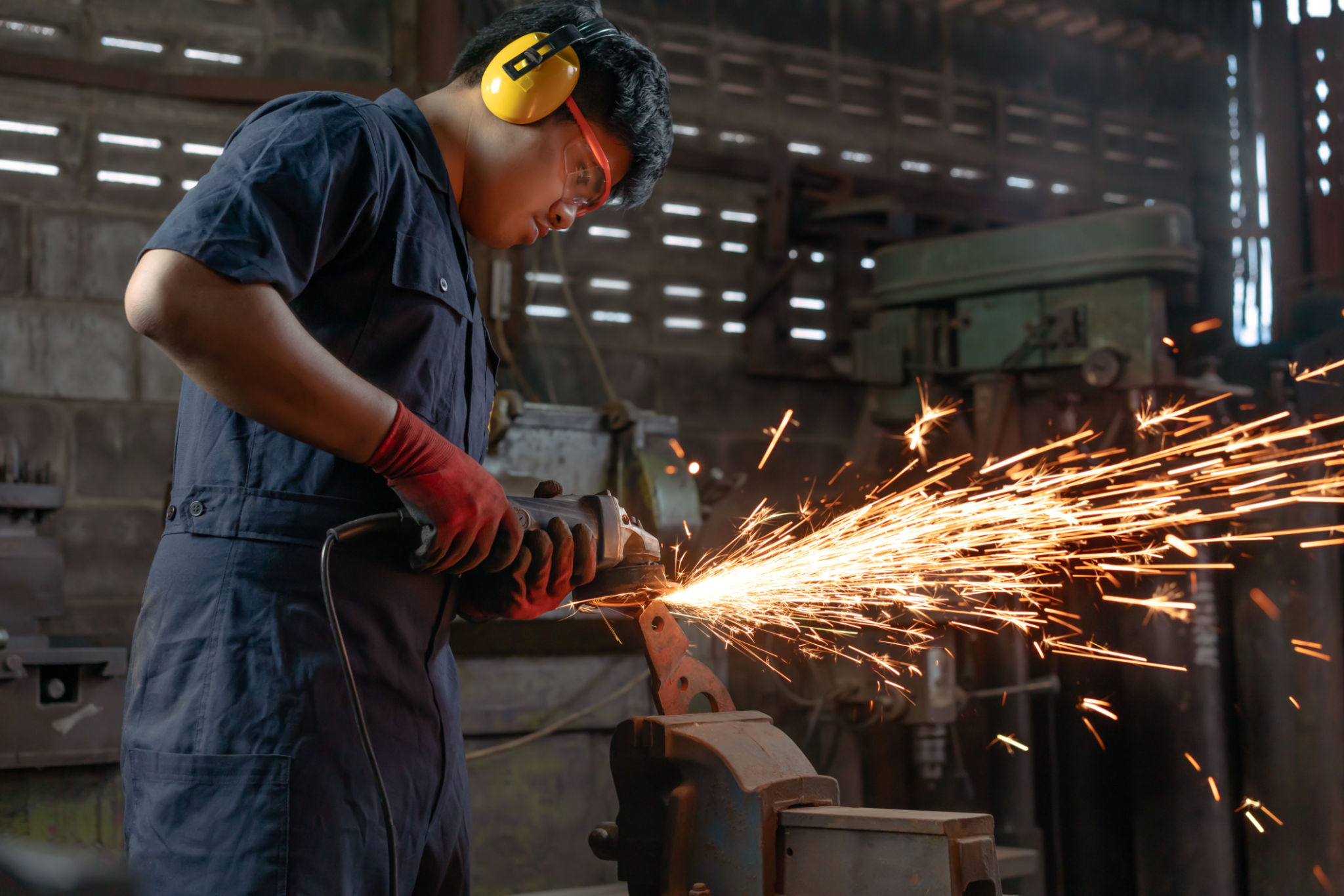The Future of Automated Electroplating Processes: Innovations and Trends
Introduction to Automated Electroplating
The field of electroplating has long been a cornerstone of various industries, providing essential coatings that enhance the durability and appearance of metal products. As technology advances, the integration of automation into electroplating processes has created a significant shift, promising enhanced efficiency, precision, and sustainability. This evolution is paving the way for the future of manufacturing and surface finishing.
Electroplating involves applying a thin layer of metal onto a substrate using an electric current. Traditionally, this process has been labor-intensive, requiring skilled operators to manage each phase. However, with the rise of automated systems, companies are now able to streamline operations and reduce human error. But what does the future hold for these automated processes?

Innovations in Electroplating Automation
Advanced Robotics
The incorporation of advanced robotics into electroplating is one of the most significant innovations. Modern robotic systems can handle complex tasks with precision and speed, minimizing the need for manual intervention. These robots are programmed to perform repetitive tasks, such as loading and unloading parts, with high accuracy. This not only increases the throughput but also reduces the risk of defects.
Smart Sensors and IoT Integration
Smart sensors combined with the Internet of Things (IoT) are revolutionizing the monitoring and control of electroplating processes. Sensors can track variables such as temperature, voltage, and chemical concentrations in real-time, providing instant feedback to operators. This data-driven approach ensures consistent quality and enables predictive maintenance, reducing downtime and increasing productivity.

Trends Shaping the Future
Sustainability and Environmental Concerns
As industries become more environmentally conscious, there is a growing trend towards sustainable electroplating practices. Automated systems are being designed to use less water and chemicals, significantly reducing waste. Innovations such as closed-loop systems are becoming more prevalent, allowing for the recycling and reuse of plating solutions.
Customization and Flexibility
The demand for customized products is on the rise, and automated electroplating processes are evolving to meet this need. Flexible manufacturing systems can quickly adapt to different specifications without extensive retooling. This adaptability allows manufacturers to offer a wide range of finishes and styles to their clients, enhancing customer satisfaction.

The Role of Artificial Intelligence
Artificial intelligence (AI) is playing an increasingly vital role in the future of electroplating automation. AI algorithms can analyze vast amounts of data from sensors and production logs to optimize process parameters automatically. This continuous learning capability results in improved efficiency and reduced operational costs.
Moreover, AI can assist in quality control by detecting anomalies that might be missed by human inspectors. By identifying potential defects early in the process, manufacturers can take corrective actions before products reach the market, enhancing product reliability.
Challenges and Considerations
Despite these advancements, there are challenges to be addressed. Implementing automated electroplating systems requires significant investment in technology and training. Companies must also consider cybersecurity risks associated with connected devices and ensure robust measures are in place to protect sensitive data.
Furthermore, as automation reduces the need for manual labor, there may be workforce implications that industries need to manage carefully. Providing retraining opportunities for employees can help mitigate potential job losses and equip workers with skills relevant to the evolving technological landscape.

Conclusion
The future of automated electroplating processes is bright, with innovations driving efficiency, precision, and sustainability. By embracing robotics, IoT, AI, and eco-friendly practices, industries can transform their operations and stay competitive in a rapidly changing market. As these technologies continue to develop, they promise not only enhanced production capabilities but also a more responsible approach to manufacturing that benefits both businesses and the environment.
